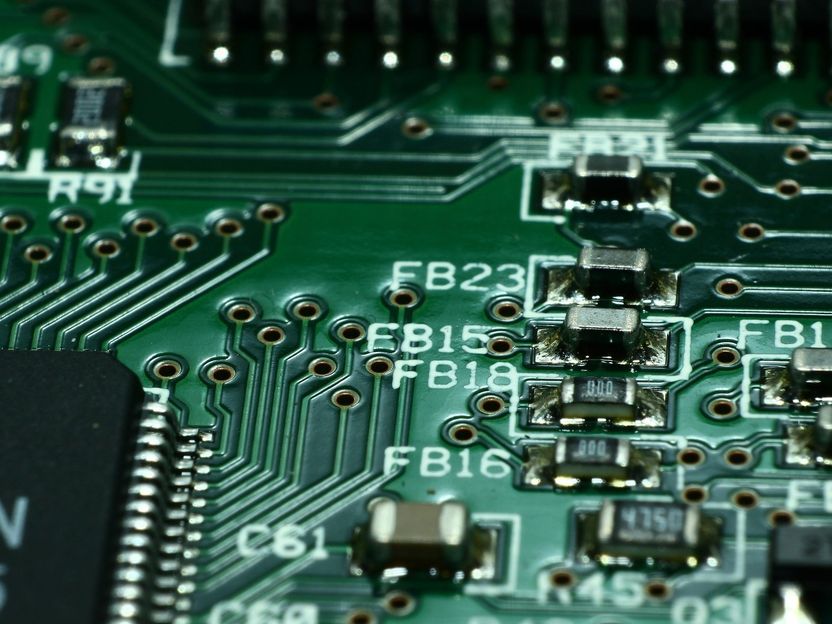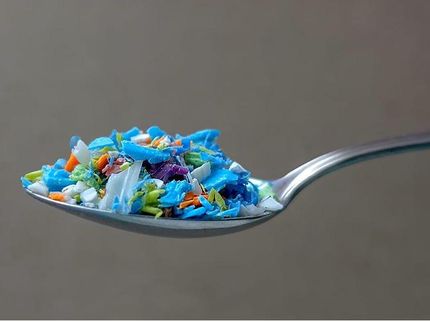Repairs using light signals
Smart microparticle identifies defective parts in electrical appliances
Advertisement
Repairing complex electrical appliances is time consuming and rarely cost-effective. The working group led by Prof. Dr. Karl Mandel, Professorship of Inorganic Chemistry at FAU, has now developed a smart microparticle that enables defective components in these appliances to be identified more quickly and easily by using light signals. In the long-term, this could make repairs easier and extend the operating life of devices.

Symbolic image
pixabay.com
To identify defective components in a device, particles known as supraparticles are applied to the individual parts. These particles measure between one and ten micrometres and under black light they provide information about the component’s identity and temperature history (the temperatures the specific component was recently subjected to) by emitting blue, green and red light. This allows the device to be checked for defects while it is still assembled. The signal ratio between building blocks emitting green and red light determines the identity of the component. The maximum temperature can be read from the signal ratio of blue and green particles. If a specific temperature limit is exceeded, the blue signal irreversibly loses intensity. An overheated and therefore usually damaged micro-component can be detected by the weaker blue light signal it emits. The developed particles make it easier and faster to repair complex electrical devices and extend their operating life.
The supraparticles themselves consist of organic and anorganic nanoparticle building blocks that communicate information only when they are combined. The structure and quantity ratios of the nanoparticles determine the identity signals and temperature sensitivity. By changing the composition of the smart microparticles, the temperature sensitivity and the identity signal can be adapted to a specific product.

























































